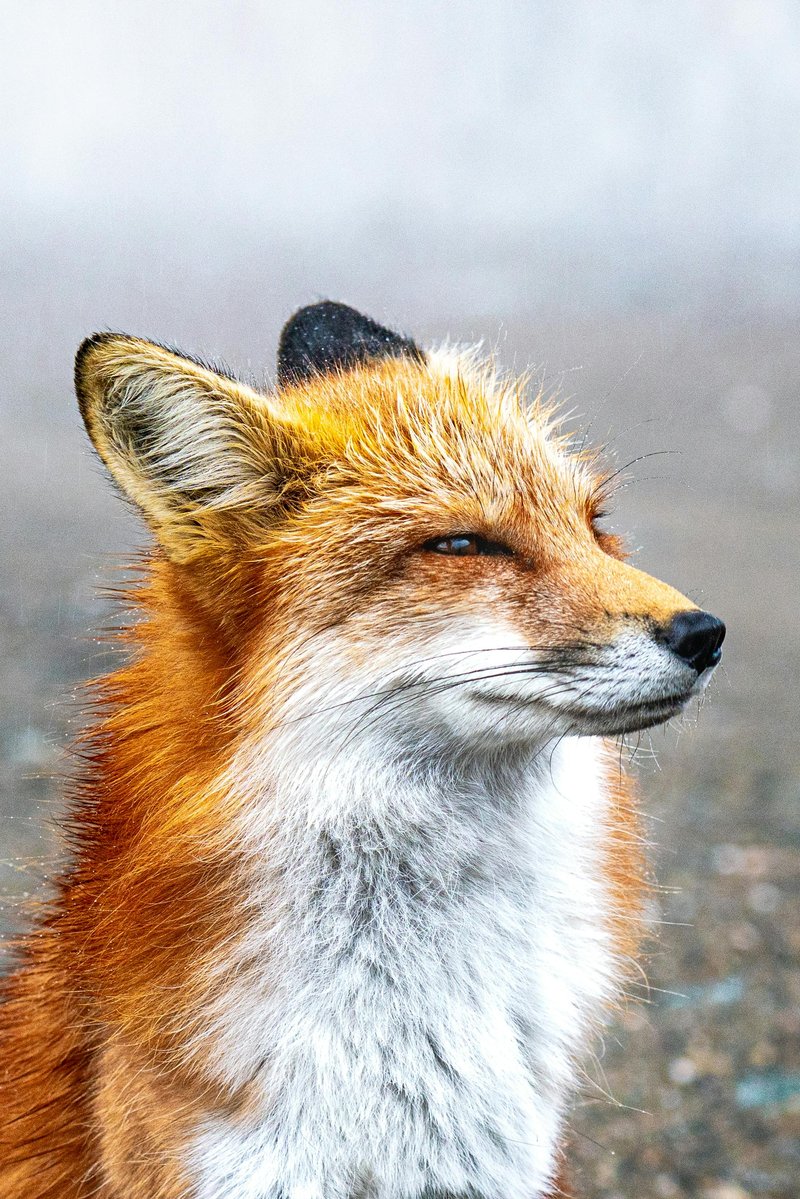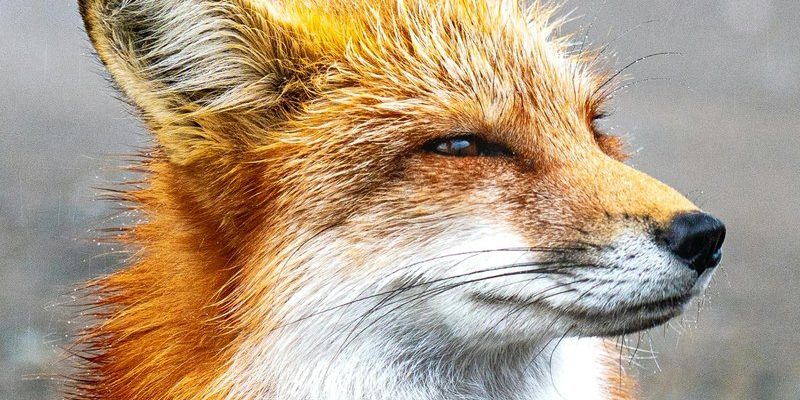
Here’s the thing: foxes are not just the cunning tricksters we often see in stories. They are complex animals with unique behaviors and characteristics that deserve a closer look. So, let’s dive in and bust some common myths about these enchanting creatures together.
Myth 1: Foxes Are Just Like Dogs
You might be surprised to learn that, while foxes and dogs share a common ancestor, they are quite different. Foxes belong to the family Canidae, just like dogs and wolves, but they have adapted uniquely to their environments.
For one, their social structures differ significantly. Dogs are pack animals that thrive on teamwork and cooperation, while most foxes are solitary creatures. If you see a fox it’s likely doing its own thing—hunting, foraging, or exploring its territory. Foxes have a more independent nature, often choosing to roam alone rather than join a group.
Moreover, their communication styles are distinct. Foxes use a variety of vocalizations, body language, and scent marking to communicate. You might hear them emit high-pitched barks or screams at night, which can sound quite eerie! This nuanced communication is far more intricate than what we typically observe in domestic dogs.
Myth 2: Foxes Are Always Sneaky and Deceptive
It’s easy to think of foxes as the ultimate tricksters, always outsmarting others. Sure, they can be clever, but labeling them as simply sneaky overlooks their intelligence and survival skills.
Foxes are highly adaptable animals, which means they can learn from their environment and situations. For example, urban foxes have developed unique ways to navigate city life, often rummaging through trash bins for food. This adaptability isn’t about being sneaky; it’s about survival in ever-changing landscapes.
Let me explain further: think of a fox as an innovative survivor rather than a deceitful trickster. Their cleverness comes into play when they hunt. They utilize different strategies depending on their prey, often stalking quietly before pouncing at just the right moment. This is more about resourcefulness than any underhanded behavior.
Myth 3: Foxes Are Pests and Dangerous to Livestock
Many farmers see foxes as pests, believing they pose a threat to livestock and poultry. While it’s true that foxes may prey on small animals, demonizing them overlooks their role in the ecosystem.
Foxes are natural predators and help control populations of smaller animals, such as rodents. Keeping these populations in check is crucial for maintaining a balanced environment. You might be wondering how this impacts livestock. In reality, most livestock losses are due to diseases or other predators rather than foxes. Many farmers have found non-lethal ways to coexist with foxes, such as securing poultry enclosures or using guard animals.
It’s important to see foxes as part of a larger ecological puzzle. Each animal plays a role, and foxes help to ensure a healthy balance in nature.
Myth 4: All Foxes Are the Same
When you picture a fox, you likely imagine the classic red fox with its bushy tail and striking fur. But the world of foxes is diverse! There are about 37 species of foxes, each with its own unique traits.
For example, take the Arctic fox. This little fellow has adapted to live in extreme cold and possesses a thick, warm coat that changes color with the seasons. Meanwhile, the Fennec fox of the Sahara is much smaller, with oversized ears that help dissipate heat.
These variations remind us that foxes across the globe have their own survival strategies. Just because they share the same name doesn’t mean they live the same lives or face the same challenges. Understanding this diversity helps us appreciate their adaptability even more.
Myth 5: Foxes Are Only Nocturnal
Often, people think of foxes as purely nocturnal creatures that only venture out at night. While it’s true that many foxes are primarily active during twilight hours (a behavior known as crepuscular), they can be seen during the day as well.
The level of activity can vary based on several factors. For instance, urban foxes might change their habits to avoid humans and will be more active in daytime hours. In contrast, rural foxes might stick to the night, hunting when it’s quieter.
This flexibility in activity patterns highlights their adaptability, allowing them to thrive in different environments. So, if you happen to spot a fox during the day, you’re not seeing something unusual—just an animal making the best of its circumstances.
Myth 6: Foxes Can’t Be Tamed
You might have heard that foxes are wild animals and can never be domesticated. While it’s true that they are not house pets like dogs, there have been experiments in domestication that challenge this notion.
Scientists in Russia have been selectively breeding silver foxes for over 60 years. These foxes exhibit traits similar to domestic dogs, such as sociability and reduced fear of humans. However, it’s important to clarify that these domesticated foxes differ greatly from their wild counterparts and require specialized care.
If you’re considering a pet, choose a more traditional option like a dog or cat. But it’s fascinating to see the potential for taming when we take a closer look at fox behavior and genetics.
Myth 7: Foxes Are Bad for the Environment
Some people believe that foxes are harmful to the environment due to their predatory nature. In reality, they play a vital role in maintaining the health of ecosystems.
Foxes help control populations of small mammals and insects, which could otherwise become overly abundant. By keeping these populations in check, they contribute to the natural balance in their habitats.
Think of foxes as nature’s pest control. Their presence can prevent overpopulation, which can lead to disease or destruction of plant life. So, instead of viewing foxes as threats, we should see them as essential components of a healthy ecosystem.
In conclusion, foxes are complex animals with unique traits and behaviors. They’re not just the cunning tricksters portrayed in stories. They contribute to their environments and deserve our appreciation and understanding. By debunking these myths, we can foster a better relationship with these remarkable creatures and help ensure their conservation for future generations.

